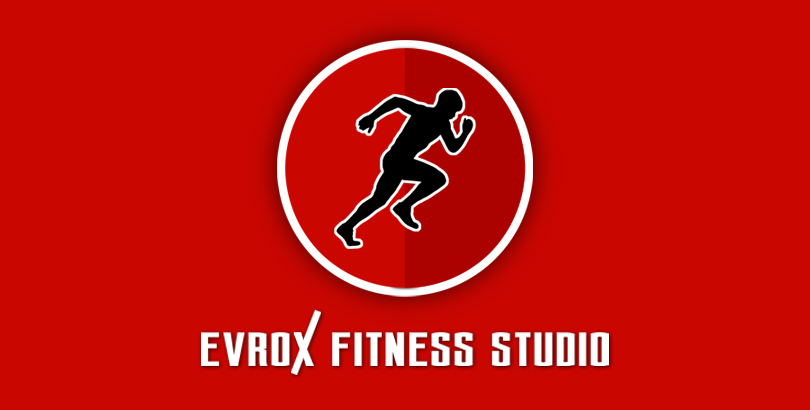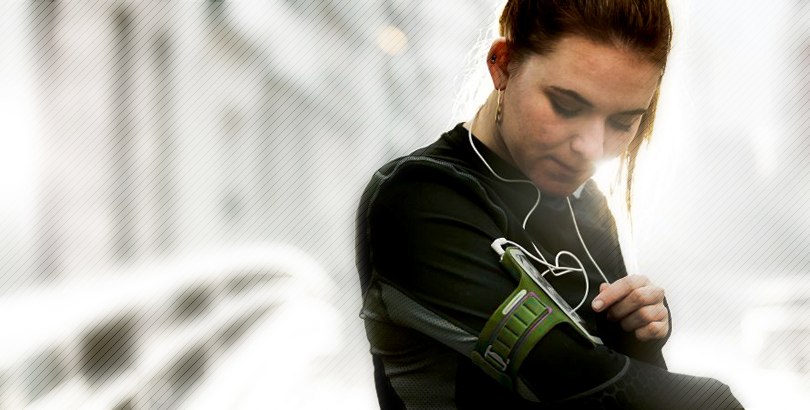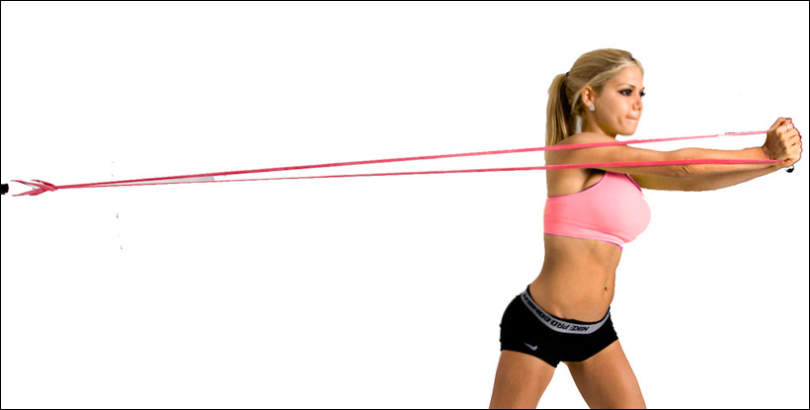Stretch Safely
Stretching should feel good. Static stretching, in which you stretch through a muscle’s full range of movement until you feel resistance but not pain, is probably the safest type. Stretch to the point of mild discomfort, at most, and then ease up. If you feel any pain, stop. Stretching too vigorously, holding a stretch too long or stretching until it hurts is not recommended.
Do It Regularly
Stretch at least three times a week to maintain flexibility. A session should last 10 to 20 minutes, with each static stretch held for at least 10 seconds (working up to 20 to 30 seconds) and usually repeated about four times. Some trainers believe that stretches should be held for one to two minutes, but this is controversial.
Warm Up First
Before stretching, always do a brief (5- to 10-minute) warmup, such as jogging in place, brisk walking, riding a stationary bike or doing less-vigorous rehearsals of the sport or exercise you’re about to perform. Warming up gradually increases your heart rate and blood flow and raises the temperature of muscles, ligaments and tendons. Stretching cold muscles may injure them, and sudden exertion without a warmup can lead to abnormal heart rate and blood flow and changes in blood pressure. You can also stretch when cooling down after a workout.
Don’t Bounce When You Stretch
For most people, we advise against ballistic stretching—where you do bouncing, repetitive movements while stretching (such as bending forcefully to touch your toes with your knees straight and bouncing). Ballistic stretching may do more harm than good because muscles may shorten reflexively, and, generally, stretching should be gradual and relaxed. However, some professional athletes believe controlled ballistic stretching can better prepare a muscle for sustained activity, especially one requiring a burst of speed.
Stretch Opposing Muscles
To stretch opposing muscles in your arms and legs, use static stretches along with the approaches known as active-isolated stretching and proprioceptive neuromuscular facilitation (PNF). In active-isolated stretching, you isolate one muscle at a time and stretch it by contracting the opposite muscle. In PNF, which can be done with or without a trainer or partner, you contract a muscle against resistance (usually provided by another person). You relax, then stretch, while your partner pushes the muscle into a static stretch.



















Hey! Agree with the points mentioned. Infact when my gym trainer makes me do ballistic stretching, i get knee pain and it takes few days to go away….
Hey Naireen,
To be honest, ballistic stretching is usually not recommended for general people whose main goal is to stay in shape or improve flexibility. Ballistic stretches require extra force and they extend the muscles and tendons through a larger range of motion than static stretches. There’s definite musculo-skeletal mechanics and neuro-muscular input involved in any kind of stretching. So when someone stretches beyond usual, the local muscle-sensors try to prevent it. Overcoming it with force, can be risky. The soft tissues around the joints, specially ligaments can be damaged. Not only the muscle tears can cause your flexibility and movement to be reduced over time, you can also develop tendonitis. This kind of stretching is better suited for those, who need impulsive force for their daily activities, like a tennis or a basketball player. But they too should only do it after careful medical examination and under observation. To avoid pulling of muscles and the soreness, you can consider shifting to dynamic stretching if you want more than the static version. Daily stretching should always be fun, and never painful.